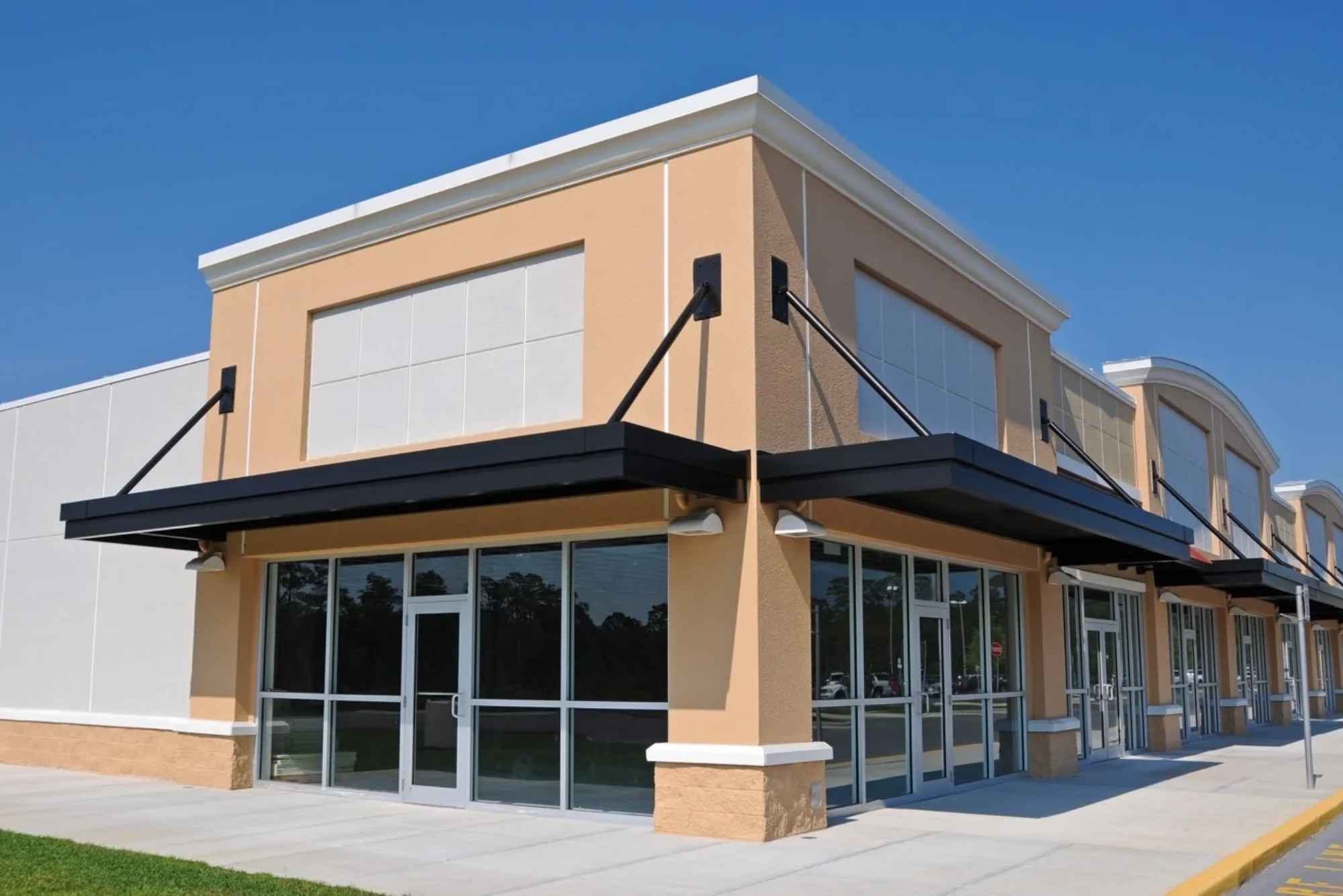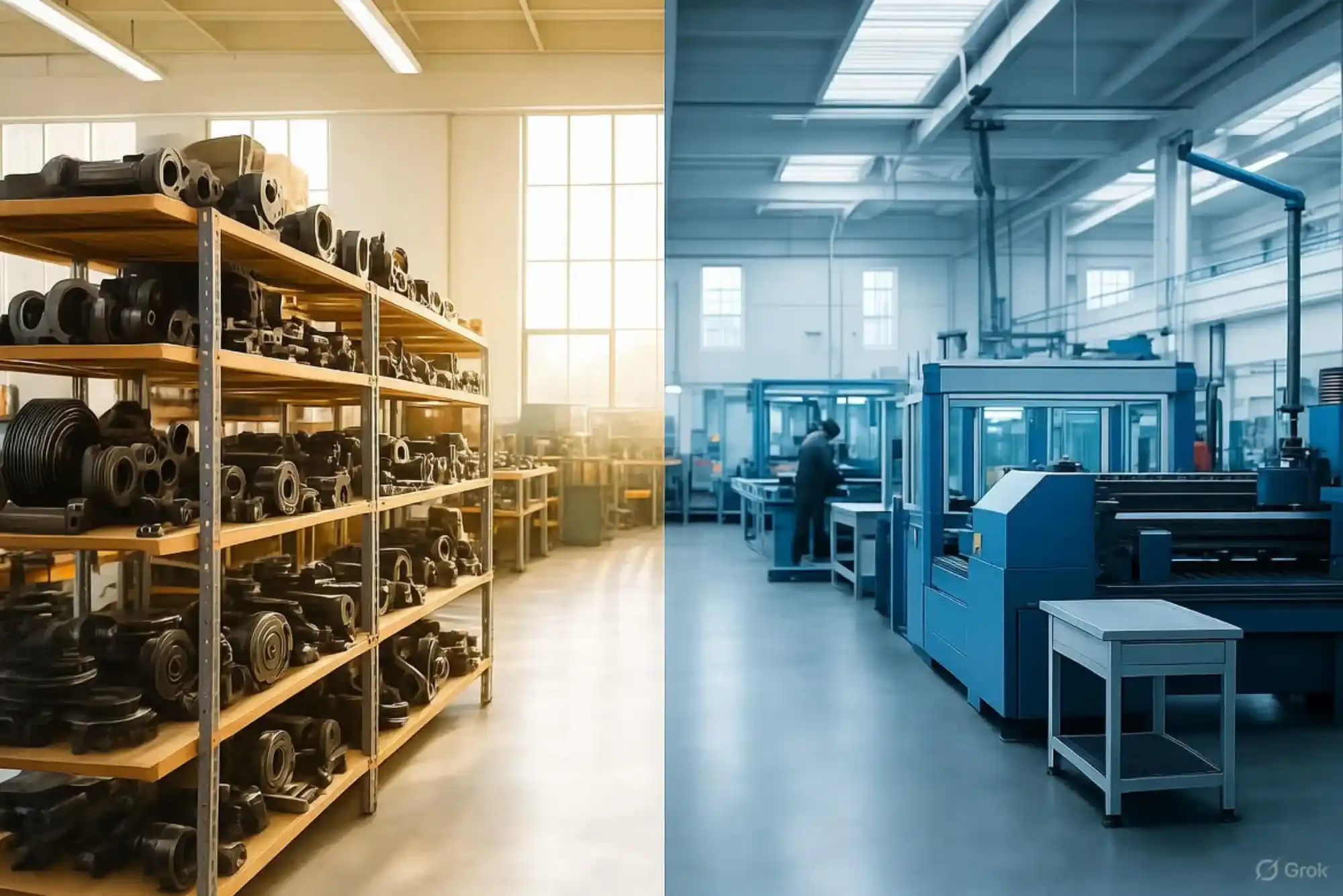Loam commercial real estate refers to properties that are developed on loam soil, a type of soil known for its ideal balance of sand, silt, and clay. Loam is often considered the best soil for various types of agriculture, landscaping, and construction due to its high fertility and balanced texture. When it comes to commercial real estate, loam plays a significant role in determining the feasibility, stability, and long-term success of a project. This article will provide an in-depth look at loam commercial real estate, its benefits, factors to consider, and key aspects related to construction on loam soil.
What is Loam in Commercial Real Estate
Loam is a soil type that contains a balanced mixture of three key components: sand, silt, and clay. This ideal combination provides excellent drainage, water retention, and nutrient levels, making loam soil versatile for various land uses, including commercial real estate development. Loam is often found in areas suitable for agriculture, landscaping, and construction, making it a desirable feature in commercial real estate.
In commercial real estate, loam soil is highly regarded because it offers a stable foundation for buildings and infrastructures. Its unique texture helps manage water retention and drainage, which reduces the risk of flooding and soil erosion, factors that are crucial in the construction and maintenance of commercial properties.
The balanced composition of loam makes it ideal for both plant growth and construction, providing enough structure while also being nutrient-rich and easy to work with for various landscaping and building projects.
Importance of Loam in Commercial Real Estate
Loam soil plays a crucial role in commercial real estate for several reasons. It affects not only the type of construction that can be done but also the sustainability and maintenance of the property. Let’s explore some of the key reasons why loam is valuable in commercial real estate development:
Stability and Support
Loam offers excellent stability for building foundations, making it a preferred choice for commercial real estate. Its texture allows it to hold shape under pressure, reducing the likelihood of foundational shifts or subsidence. This is especially important for larger commercial buildings where heavy structures require reliable support.
Drainage and Water Retention
One of the key benefits of loam is its ability to balance water retention and drainage. This prevents both waterlogging and drought conditions, which can be disastrous for a commercial property’s landscaping and infrastructure. The soil absorbs water effectively without becoming too compact, allowing the proper flow of moisture throughout the property.
Nutrient-Rich for Landscaping
In commercial real estate, especially those properties that emphasize landscaping as part of their aesthetic and functional design, loam provides the best medium for plant growth. Its nutrient content supports healthy plant life, which is essential for maintaining green spaces, gardens, and trees on the property.
Sustainability of Property
Properties built on loam soil are easier to maintain in the long term due to its natural properties. Loam’s balance of drainage and water retention minimizes erosion and other environmental damages, reducing the need for constant maintenance or re-landscaping. In addition, its fertility makes it suitable for sustainable landscaping, further reducing the ecological footprint of commercial real estate projects.
Cost-Effectiveness in Construction
Due to its balanced composition, loam requires less soil amendment and fewer specialized construction techniques than other soil types like clay or sandy soils. This makes it cost-effective for developers because it reduces the need for soil stabilization and drainage management during the construction process. As a result, building on loam can help lower upfront development costs and simplify the overall process.
Factors to Consider in Loam Commercial Real Estate Development
While loam is considered one of the best soils for real estate, several factors must still be evaluated before beginning construction. Each property has its own unique conditions, and the presence of loam doesn’t automatically guarantee a successful project. Below are some key factors to consider:

Soil Testing and Site Assessment
Before any construction begins, it’s essential to conduct a soil test and a comprehensive site assessment. Even though loam is generally considered ideal, the soil composition and its behavior can vary depending on the depth and location. Soil testing ensures that the loam soil meets all requirements for supporting the intended structure.
Drainage System Planning
While loam provides excellent natural drainage, every commercial real estate project should still have a well-planned drainage system in place. This is especially critical for larger developments where water runoff and potential flooding need to be managed. Proper drainage systems will prevent water damage to both the landscape and infrastructure.
Environmental Impact
Sustainability has become a key concern in modern commercial real estate. Using loam soil presents an opportunity to implement eco-friendly designs, such as sustainable landscaping and rainwater harvesting systems. Developers should take advantage of the natural properties of loam to minimize environmental impact and integrate green practices into their projects.
Legal and Zoning Regulations
Before proceeding with a commercial real estate development, it’s important to understand the local zoning laws and environmental regulations. Certain areas with loam soil might be subject to agricultural preservation rules or environmental protection ordinances, which could limit the type of construction allowed. Always check the local guidelines to ensure compliance.
Maintenance Considerations
While loam is relatively low-maintenance, it’s important to factor in the long-term upkeep of the soil and landscape. Commercial properties with expansive green spaces will still need routine care, such as aeration and fertilization, to ensure the soil remains fertile and healthy.
Loam commercial real estate offers numerous advantages for developers and property owners. Its balanced texture provides excellent stability for foundations, while its water retention and drainage capabilities make it ideal for sustainable landscaping. The nutrient-rich nature of loam ensures that green spaces on commercial properties thrive, and its ease of use in construction leads to cost savings.





